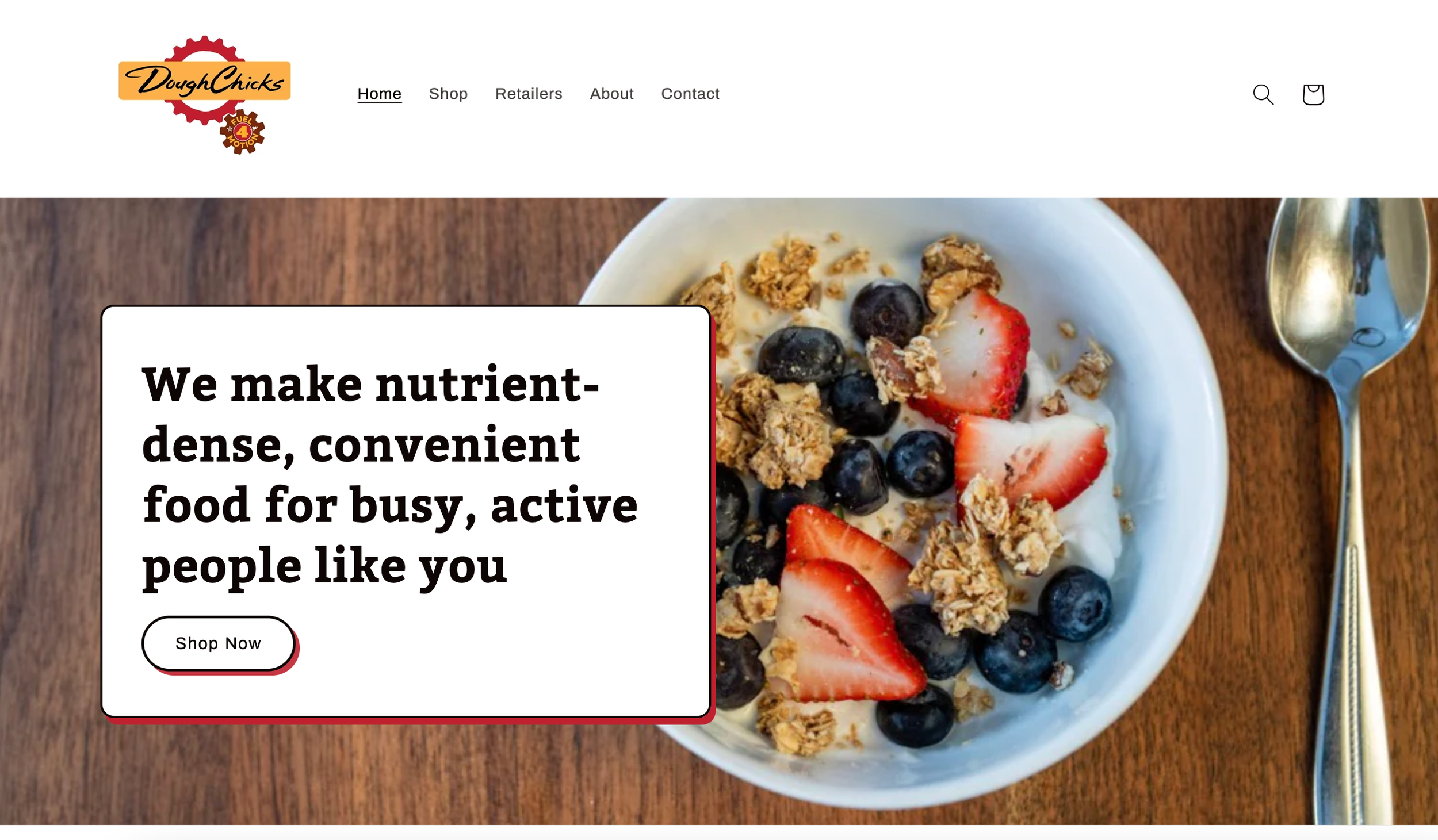One Marketing Practice Small Businesses Should be Using Every Day
While the internet is full of quick fixes and claims of how “you need to just do this one thing” to achieve success, effective marketing can never be achieved with a quick, one-time task. Marketing is only successful when continuously monitored and adjusted, so you can expand on beneficial strategies and discontinue futile ones.
However, there is one marketing practice you should implement every single time you communicate with your audience: messaging prioritization.
It’s a method of considering what to say, how to say it, to whom, and when. It should be applied to every form of communication for your business - from email marketing to social media to your website, and even on print marketing materials.
Read on for some dos and don’ts of messaging prioritization!
DO: Include the most important information first.
Channel the trending TL;DR (Too Long; Didn’t Read) approach and assume your customers aren’t reading most of the content you’re putting out there. A 2008 study showed that viewers read no more than 28% of a webpage’s content.
However, another study shows that 97% of viewers will read a title, so pack your headline and subheadline with your most valuable information!
DoughChicks uses their headline space to make it immediately clear what they make, who it’s for, and what they want the customer to do next: shop! The main priorities of their business (health and convenience) are shared in a place that is almost certain to be seen by all homepage viewers.
DO: Use as few words as possible.
We live in a skimming culture, so make your point as quickly and concisely as possible.
DO: Adjust your messaging according to the channel you’re using.
Communication channels have different formatting that require you to tweak messaging to ensure the most compelling information is seen first. In email marketing, you have to hook your readers with an enticing subject line before anything else. But on social media, you have the benefit (or challenge!) of using images to catch the attention of your audience.
It’s also important to note that different audiences use different channels; your email list is different from your Instagram following. Your key message should change depending on who you are talking to, so don’t always default to copy and paste!
DO: Use design to guide viewers’ reading patterns.
For years, marketers were encouraged to format and design websites using the “F pattern,” based on findings from a 2006 study that discovered most people read online in an F-shaped pattern. But with more people using the internet from their phones, new research shows that it can be impactful to use design elements to make key messaging stand out.
Here are a few ways to use design to highlight your message:
Use bold or italics to make the text pop.
Put important text in a colored text box to make it stand out.
Experiment with different fonts and text sizes to attract attention.
Organize your content with subheads and bullets.
Include high-quality photos that support your messaging.
Mother Farmer’s operation is Certified Naturally Grown, and this certification is front and center on their website. Because it’s placed “above the fold,” the part of the website visible before scrolling, it’s highly likely to be seen. They displayed this information using a colorful graphic, which also makes it more noticeable!
DON’T: Hide your hook.
We really can’t say it enough! Your most compelling information needs to be front and center. If something is free, say so! If your key differentiator from other farms is that you are certified organic, write that at the top and make it big!
DON’T: Fatigue customers by sharing too much.
Consider the information necessary for your customer; as small business owners, you are excited by every detail about your product, process, growing methods, how you harvest, etc. But does your customer really need to know all of that?
Giving them too much text to sort through will fatigue your customers and cause them to disengage. Don’t be shy about highly editing your writing, and considering the content from the reader’s point of view.
ChatGPT (or other AI programs) can be a useful tool for writing. If you’re struggling to condense your message, ask it for help! But don’t rely on it for all of your writing – you want your brand voice to be true to your personality and business.
DON’T: Offer too many CTAs.
All communication with your customers should have one main goal that can be achieved through a CTA (call to action). Having a secondary focus is fine, but pinpoint your message on your primary goal. Offering too many CTAs can confuse your customers and distract them from your key message.
Grand Traverse Foodshed Alliance (GTFA) maximizes the “above the fold” space to clearly convey the benefit they provide to partners. This is an effective strategy because it encourages the reader to consider GTFA’s potential impact on their business. By putting the most important message in the headline space, supporting it with more details in the subheading, and a CTA (call to action) that restates their benefit, GTFA sends an efficient and clear message to potential customers.
We’re here to support you in effective communication!
There are a lot of moving pieces when it comes to marketing, and some strategies are more straightforward than others. If you want more personalized support in better connecting with your customers, we’d be happy to help!




